blackkite
Don't laugh, don't cry, don't even curse, but.....
- Joined
- 31 May 2007
- Messages
- 8,286
- Reaction score
- 5,852
Hi! Model Burgess–Gill Hydro.
https://www.massairspace.org/virtualexhibit/vex2/97AC3BD2-C19B-47C4-910C-227136453675.htm
"The Burgess Company and Curtis – Burgess–Gill Hydro was a Model F Hydro extensively modified by Howard F. Gill and W. Starling Burgess into a twin engine aircraft for entry into a Scientific American's contest to produce and fly the first American twin engine aircraft.
There was one built between April and May 1912 with its first flight in May 1912. The twin hydro was developed in stages. First Burgess–Wright Model F biplane wing panels were placed onto a covered fuselage similar to those later used on military tractors. Two floats were added under the aircraft and twin rudders and an elevator were added in the rear. An aviator's place was located further back within the fuselage. Wright two lever controls for elevators, wing warping and rudders were installed.
It was powered by a Wright 4 cyl 30 hp engine and a Hall Scott 8 cyl 60 hp engine. It had four 8'6" propellers – two tractors and two pushers – that could be interchangeably powered by either or both engines. The Model F's span was 39', chord 6' 1.5", gap 5'5.75", elevator 15'x 3" and had double rudders 2'3" x 2'6".
The initial configuration resulted in a crash on its first test flight which Gill believed was due to the fuselage covering and some lateral stability issues. This he addressed by removing the fuselage covering and adding vertical stabilizers to the tips of the floats. Gill flew this version successfully on May 23, 1912.
Adding the Wright engine behind and in line with the Hall–Scott, the Wright drove the two pusher contra–rotating propellers in tandem with the tractor props in front.
The twin hydro completed its series of successful test flights o Marblehead Harbor in May and June 1912 and was in the end the only entry to fly in the July 4, 1912 Scientific American–Gould Contest. The contest was then cancelled because the rules were interpreted by the donor of the $15,000 prize and the magazine that two successful twin engine aeroplanes were required to have a "contest".
The Burgess–Gill was subsequently dismantled at Marblehead that summer of 1912 and its engines, props and parts were recycled at the Burgess and Curtis Company. A few months later on September 14, 1912, Howard Gill was killed in a mid–air collision during a pylon air race at the Chicago Air Meet at Cicero Field, Illinois."
https://www.massairspace.org/virtualexhibit/vex2/97AC3BD2-C19B-47C4-910C-227136453675.htm
"The Burgess Company and Curtis – Burgess–Gill Hydro was a Model F Hydro extensively modified by Howard F. Gill and W. Starling Burgess into a twin engine aircraft for entry into a Scientific American's contest to produce and fly the first American twin engine aircraft.
There was one built between April and May 1912 with its first flight in May 1912. The twin hydro was developed in stages. First Burgess–Wright Model F biplane wing panels were placed onto a covered fuselage similar to those later used on military tractors. Two floats were added under the aircraft and twin rudders and an elevator were added in the rear. An aviator's place was located further back within the fuselage. Wright two lever controls for elevators, wing warping and rudders were installed.
It was powered by a Wright 4 cyl 30 hp engine and a Hall Scott 8 cyl 60 hp engine. It had four 8'6" propellers – two tractors and two pushers – that could be interchangeably powered by either or both engines. The Model F's span was 39', chord 6' 1.5", gap 5'5.75", elevator 15'x 3" and had double rudders 2'3" x 2'6".
The initial configuration resulted in a crash on its first test flight which Gill believed was due to the fuselage covering and some lateral stability issues. This he addressed by removing the fuselage covering and adding vertical stabilizers to the tips of the floats. Gill flew this version successfully on May 23, 1912.
Adding the Wright engine behind and in line with the Hall–Scott, the Wright drove the two pusher contra–rotating propellers in tandem with the tractor props in front.
The twin hydro completed its series of successful test flights o Marblehead Harbor in May and June 1912 and was in the end the only entry to fly in the July 4, 1912 Scientific American–Gould Contest. The contest was then cancelled because the rules were interpreted by the donor of the $15,000 prize and the magazine that two successful twin engine aeroplanes were required to have a "contest".
The Burgess–Gill was subsequently dismantled at Marblehead that summer of 1912 and its engines, props and parts were recycled at the Burgess and Curtis Company. A few months later on September 14, 1912, Howard Gill was killed in a mid–air collision during a pylon air race at the Chicago Air Meet at Cicero Field, Illinois."
Attachments
-
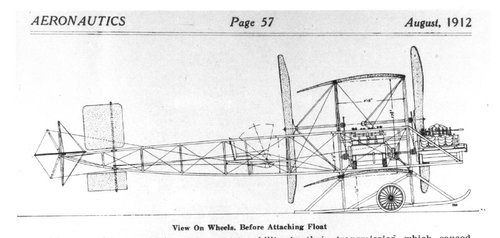 1de98cab-fd7a-4200-9ea6-213876016364.jpg82 KB · Views: 37
1de98cab-fd7a-4200-9ea6-213876016364.jpg82 KB · Views: 37 -
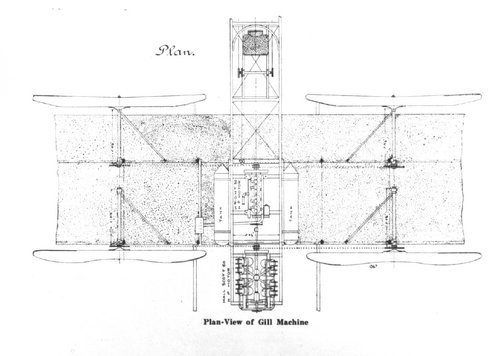 57e86644-9ed0-4eb4-8651-351323556056.jpg96.6 KB · Views: 40
57e86644-9ed0-4eb4-8651-351323556056.jpg96.6 KB · Views: 40 -
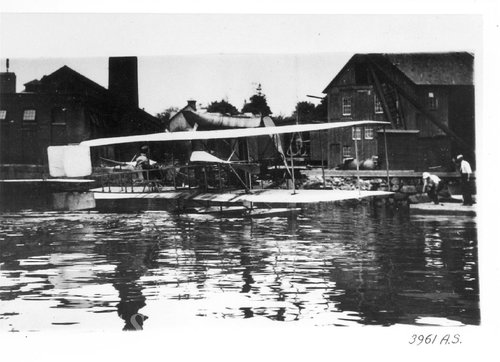 86a2bda1-a426-4fbb-80d3-465136472766.jpg118.2 KB · Views: 38
86a2bda1-a426-4fbb-80d3-465136472766.jpg118.2 KB · Views: 38 -
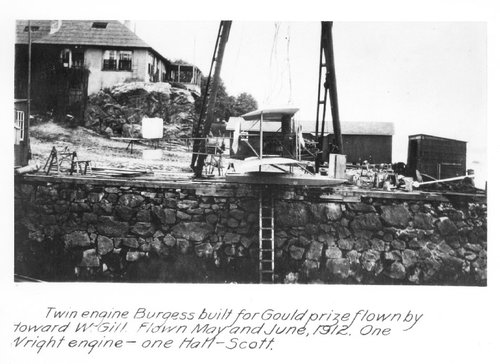 37044706-e267-4493-bb98-076032982258.jpg124.4 KB · Views: 35
37044706-e267-4493-bb98-076032982258.jpg124.4 KB · Views: 35 -
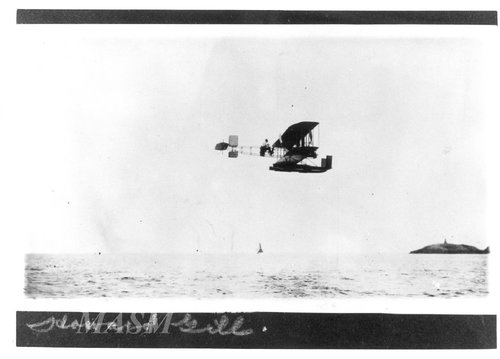 67d59cde-b5ad-4403-89ba-064497142741.jpg68.7 KB · Views: 28
67d59cde-b5ad-4403-89ba-064497142741.jpg68.7 KB · Views: 28
Last edited:
